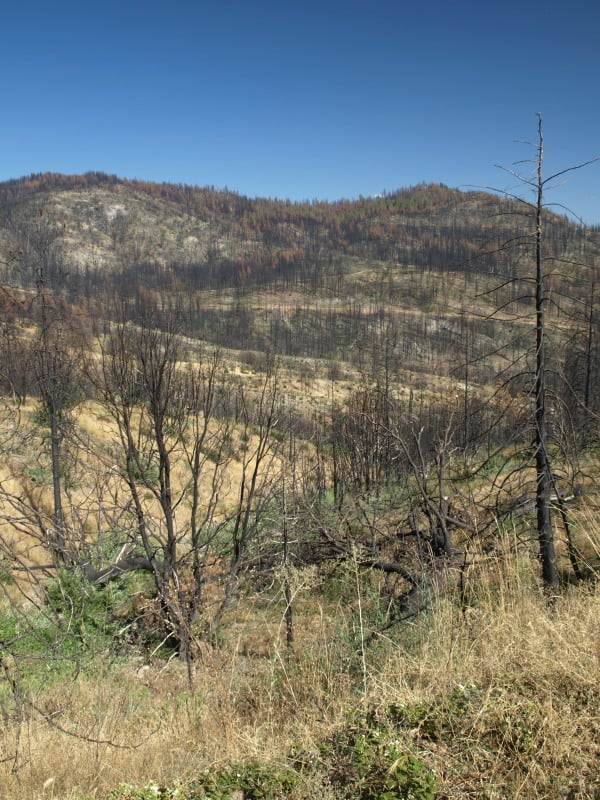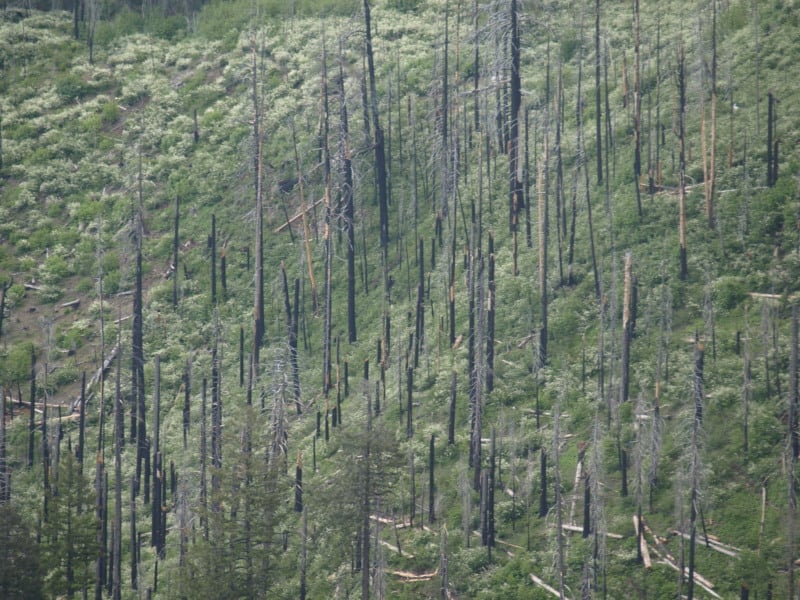Apparently, enough of the hazard trees within the Rim Fire on the Stanislaus NF have been cut so that the travel ban has finally been lifted, after more than a year. I heard one report that says that the litigation has failed at the District Court level, losing their pleas to stop the logging three times. The article below includes the Appeals Court but, I doubt that an appeal has been seen in court yet. It seems too soon after the District Court decision for the appeal to be decided.
http://www.calforests.org/rim-fire-update-final-motion-halt-restoration-forestry-rim-fire-denied/
Since the Rim Fire tore through the area and devoured over 250, 000 square miles of National, State and private forested land, the community has come together to put together a solution with positive environmental, economical and social sense. The whole effort to restore forests has been very successful due to cooperation of a diverse group of individuals, organizations and government agencies.
(Edit: Thanks to Matt for pointing out the acres/square miles error. That should be 250,000 acres.)
With a monster storm approaching California, we should be seeing some catastrophic erosion coming from the Rim and King Fire areas. Of course, very little can be done to prevent erosion on the steep slopes of the canyons with high burn intensity. Standing snags tend to channel water, while branches and twigs on the ground can hold back a surprising amount of soil. This flood event would have been great to document through repeat photography but, it appears that opportunity will be lost, too.
Bark beetle activity has also spiked where I live, northwest of the Rim Fire.




